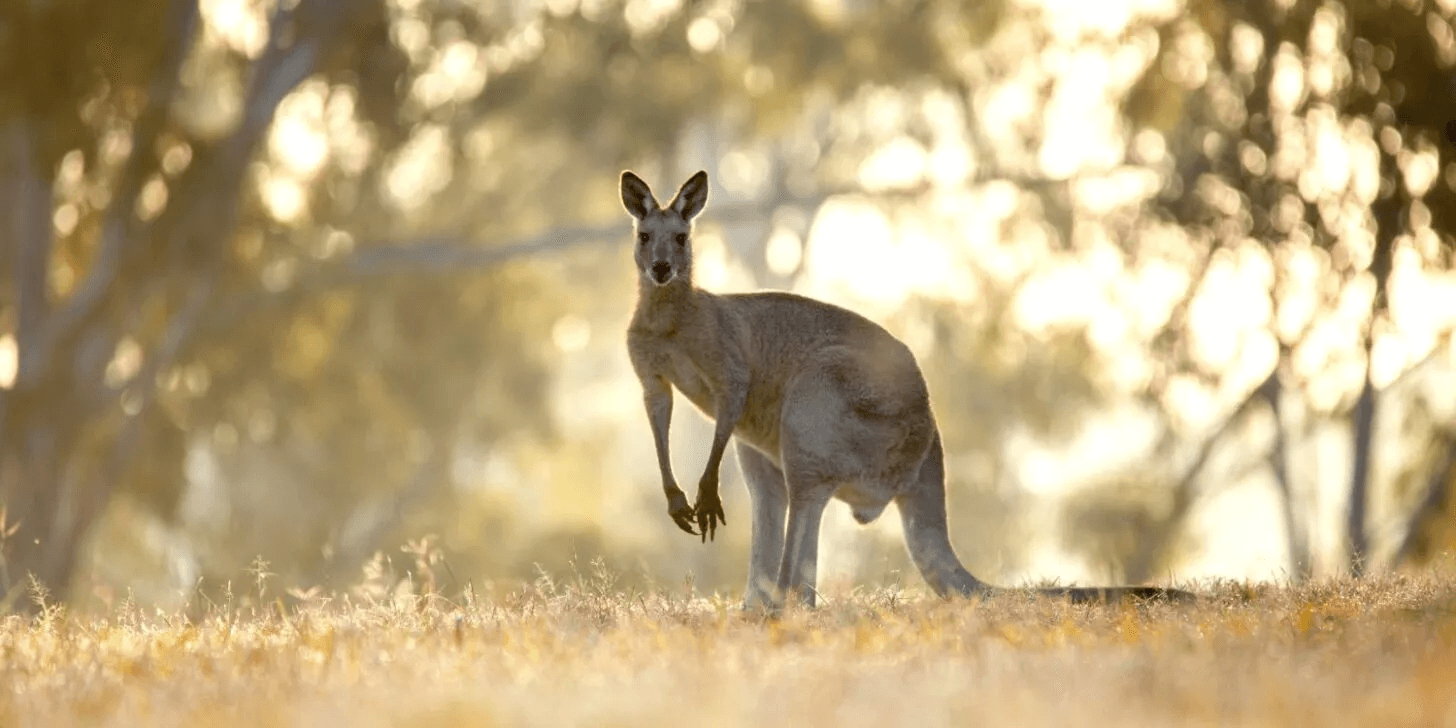
10 Weird Facts About Australian Animals For Kids
- Animal

Australian wildlife doesn’t have the best reputation. It seems like everyone thinks that some dangerous creature is lurking at every corner, ready to pounce.
But the truth is that this tiny continent isn’t all bad. Despite its size, Australia has the most diverse range of plants and animals.
Thanks to being isolated for generations, Australian animals have evolved in extraordinary ways that allow them to survive in their environment.
We’re talking extra fingers and weird-shaped poop. Let’s take a wild ride into the weird facts about Australian animals.
1. Koalas have two thumbs.
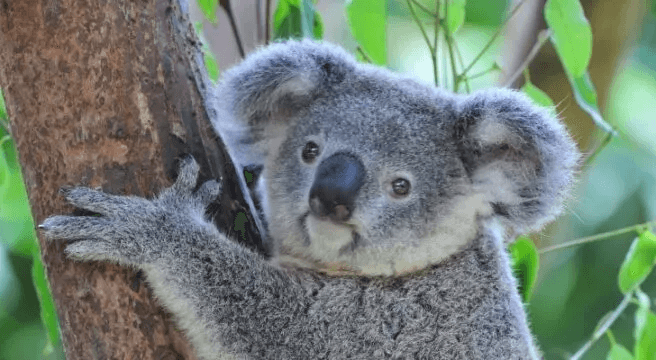
Imagine having two thumbs on each hand. That’s weird, right?
But for the koala, it makes perfect sense. Thumbs are incredibly useful for grabbing and holding items.
In the case of koalas, having two thumbs helps them grab and reach higher branches with ease.
Therefore, this meets the needs of koalas, who climb trees for shelter, food, and protection from predators.
2. Australia has the largest population of feral camels in the world.
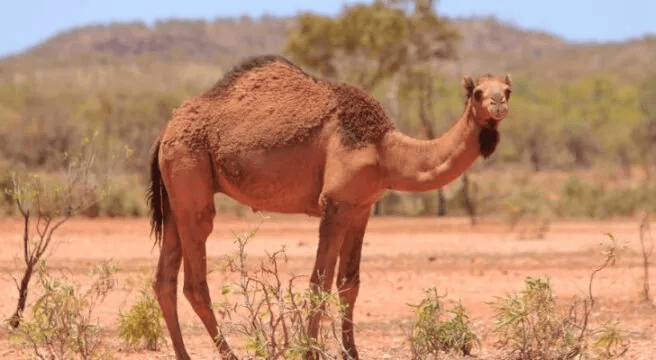
In the 1840s, camels were imported to Australia to help transport people and goods.
This seemed like a great idea at the time since camels could handle the scorching heat in the arid, outback environment.
Eventually, when better means of transportation, like trucks and cars, became available, these camels were released into the wild.
They’ve lived there ever since and have grown to a population of about 300,000.
They’re actually considered a major pest in Australia now, causing widespread destruction to fences on outback farms.
3. Koalas are the sleepiest animals in the world.
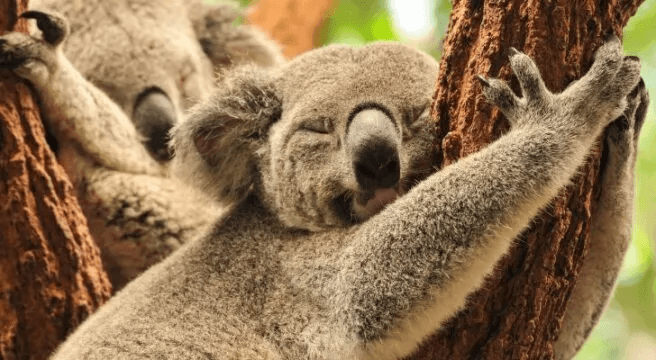
Koalas live for two things: eating and sleeping. And when they eat, they eat a lot, consuming up to one kilogram of eucalyptus leaves daily.
After a large meal of eucalyptus leaves, there’s only one thing left for them to do: hit the sack.
Koalas can sleep for more than 20 hours daily, making them the sleepiest animals in the world.
4. The Australian inland taipan is the world’s most venomous snake.
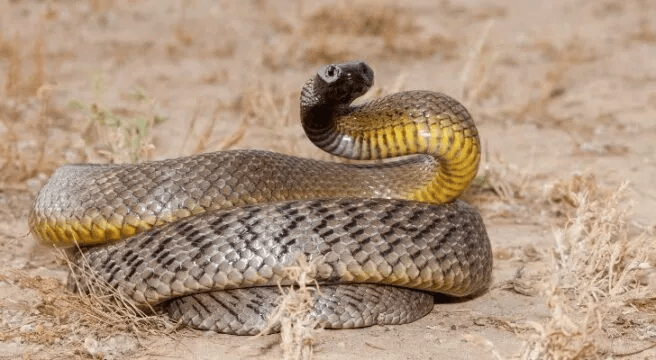
Sorry to add to the stereotype that Australia is home to the most dangerous wildlife. However, it indeed houses the world’s most venomous snake, the inland taipan.
The venom from a single bite by the inland taipan is potent enough to take out 100 adult men.
Thankfully, this snake is typically shy, and you’re unlikely ever to encounter one as they live in remote, arid environments where people rarely go.
5. Kangaroos have a rat-sized distant cousin.
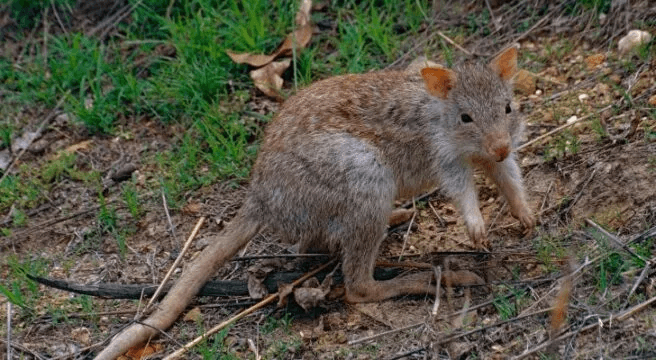
Yes, we all know the muscular kangaroos that stand as tall, if not taller than humans. But did you know that they also have a less intimidating relative about the size of a rat or bunny?
The rufous rat-kangaroo is a small species, only about 15.4 inches (39 centimeters) long.
It looks like a mini kangaroo hopping around and even has a pouch for its babies.
6. Kangaroos are the only large mammals that use hopping as a way to get around.
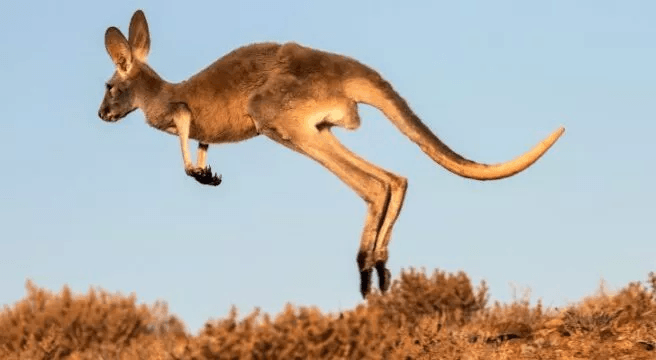
What do kangaroos, hares, and bunnies have in common? Well, it’s certainly not their size!
They all move by hopping or leaping. But unlike the smaller animals in this category, kangaroos are enormous and can grow up to 8 feet (2.4 meters) tall.
The kangaroo’s strong hind legs have spring-like tendons that help to lift it off the ground smoothly.
This means they don’t tire quickly and can move as fast as a car, reaching speeds of up to 40 miles per hour (64 kilometers per hour).
7. Koalas are the only non-primates with fingerprints like humans.
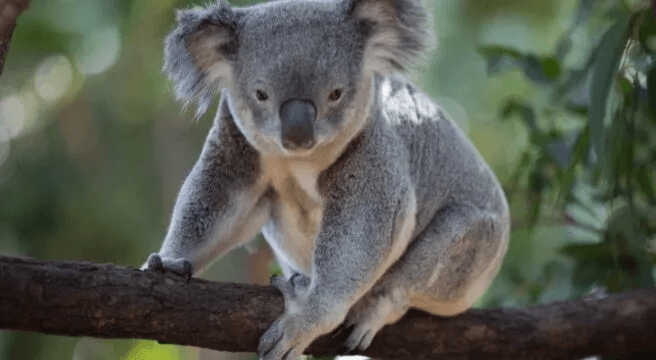
If you looked at a koala’s paw, you’d see the grooves that form a defined fingerprint. Just like in humans, each koala’s fingerprint is unique.
Although the fingerprints of a koala might look similar to that of humans at first glance, they’re easily distinguishable upon closer inspection.
8. Wombats have cube-shaped poo.
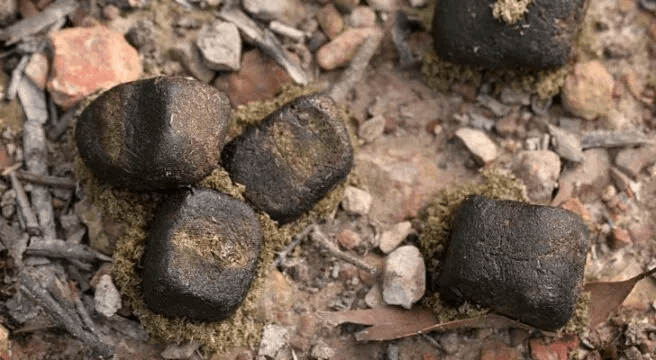
They’re cute, they’re fuzzy, and they mark their territory with cubic poop. What’s not to love?
These blockish bowel movements aren’t just for aesthetics; the shape ensures the droppings don’t roll away from the intended spot.
Now, wombats don’t have a cube-shaped anus or gut. Fascinatingly, they use the muscles in the walls of their intestine to mold their poop into cubes just before passing them.
9. The Tasmanian devil possesses the strongest bite force by size among mammals.
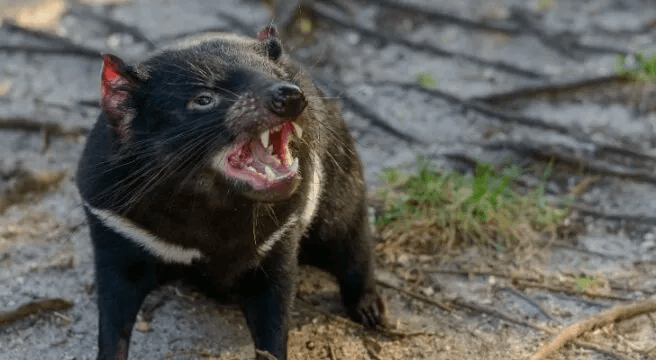
Tasmanian devils might look small but don’t underestimate them.
They can easily tear flesh and crush bones with their powerful jaws like it’s nothing. Not even cages or metal can resist the incredible Tasmanian devil bite.
The Tasmanian devil’s bite force quotient (its bite force in relation to its body size) is estimated to be around 181.
This is greater than that of any animal in its size class. For comparison, a tiger’s bite force quotient is 127, while a lion’s is about 112.
And for those that were wondering, yes, this is the same creature that Looney Tunes’ iconic Taz was based on!
10. The platypus is quite possibly the world’s oddest mammal.
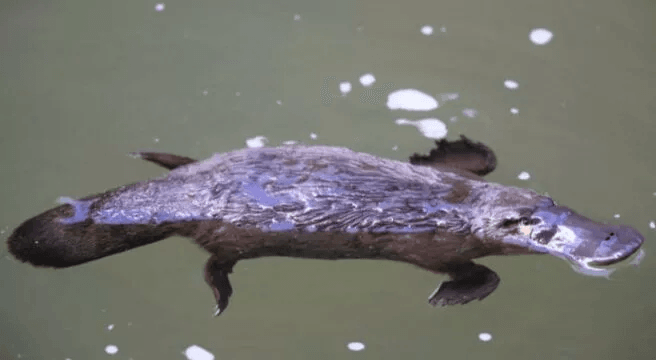
At first glance, platypuses don’t look that weird. Then you start to notice the oddities.
It looks like a duck with its beak and webbed feet, yet its long, beaver-like body is covered with hair instead of feathers.
That’s not all, though. Although the platypus is a mammal, it lays eggs, something that no other mammal in the world does.
It also has a venomous spike on its hind legs and sweats milk from its pores to feed its young!





